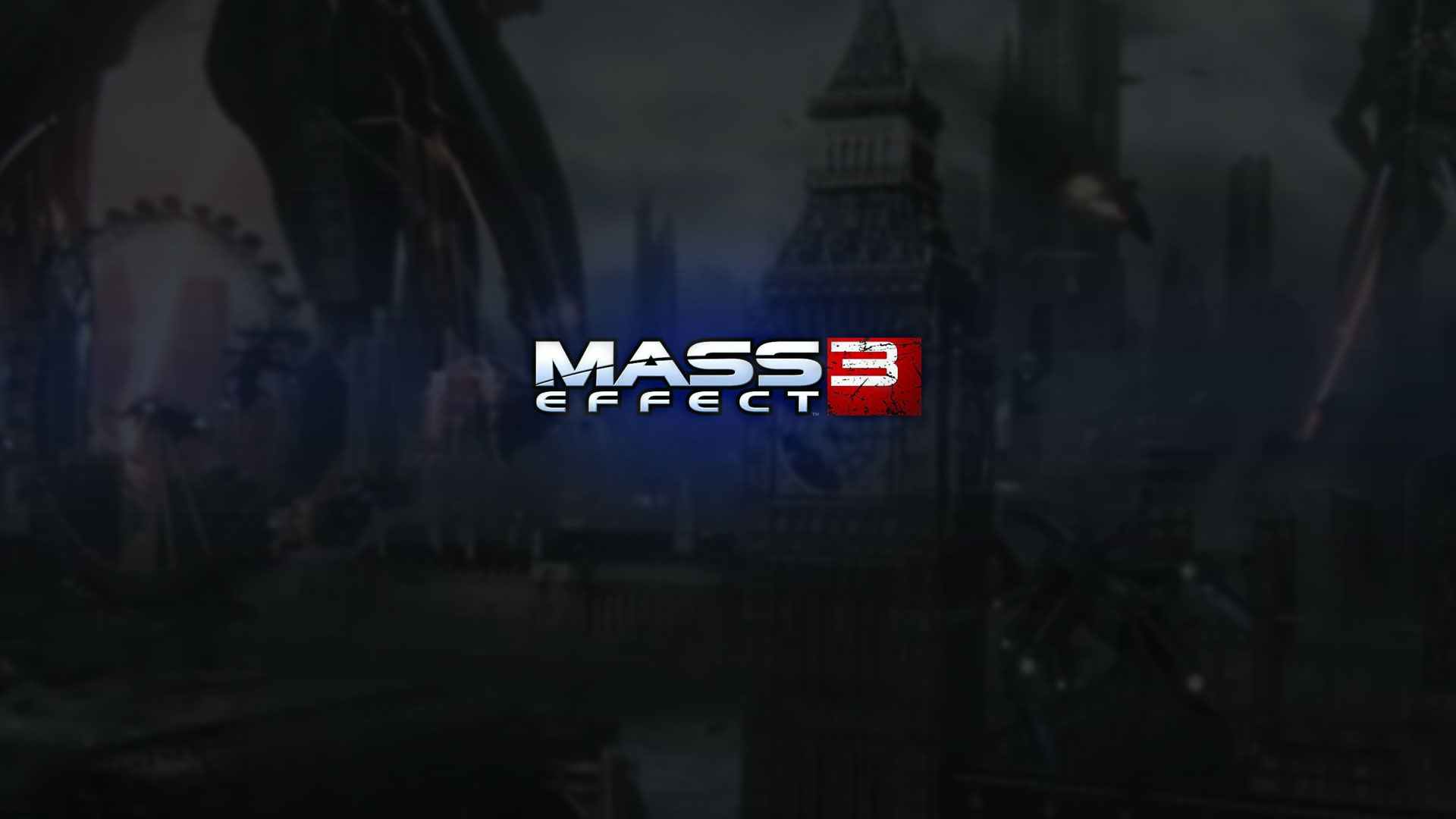The QWERTY effect
“We know how a word is spoken can affect its meaning. So can how it’s typed,” said cognitive scientist Kyle Jasmin of the University of College London, co-author of a study about the so-called “QWERTY effect” in Psychonomic Bulletin and Review. “As we filter language, hundreds or thousands of words, through our fingers, we seem to be connecting the meanings of the words with the physical way they’re typed on the keyboard.”
That’s…unexpected. I find myself visualizing the left side of the keyboard far more positively than the right, though (and I’m right handed). I wonder what kind of inverted brain that points to? Regardless, the subtle influences of our everyday things never ceases to amaze me!
(Wired)




